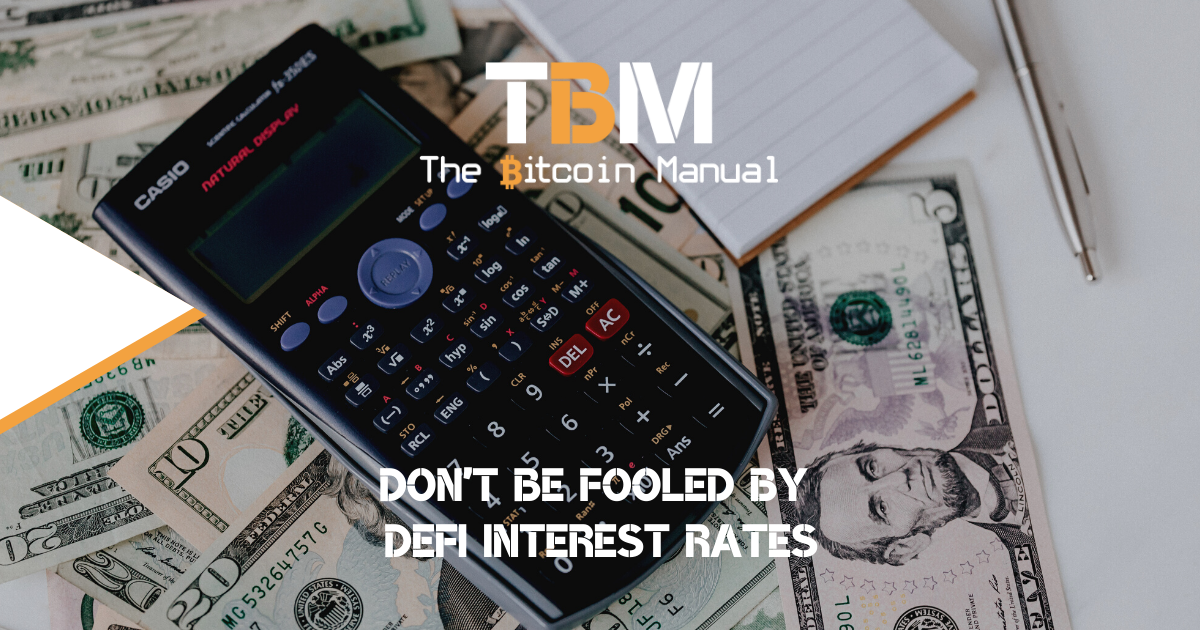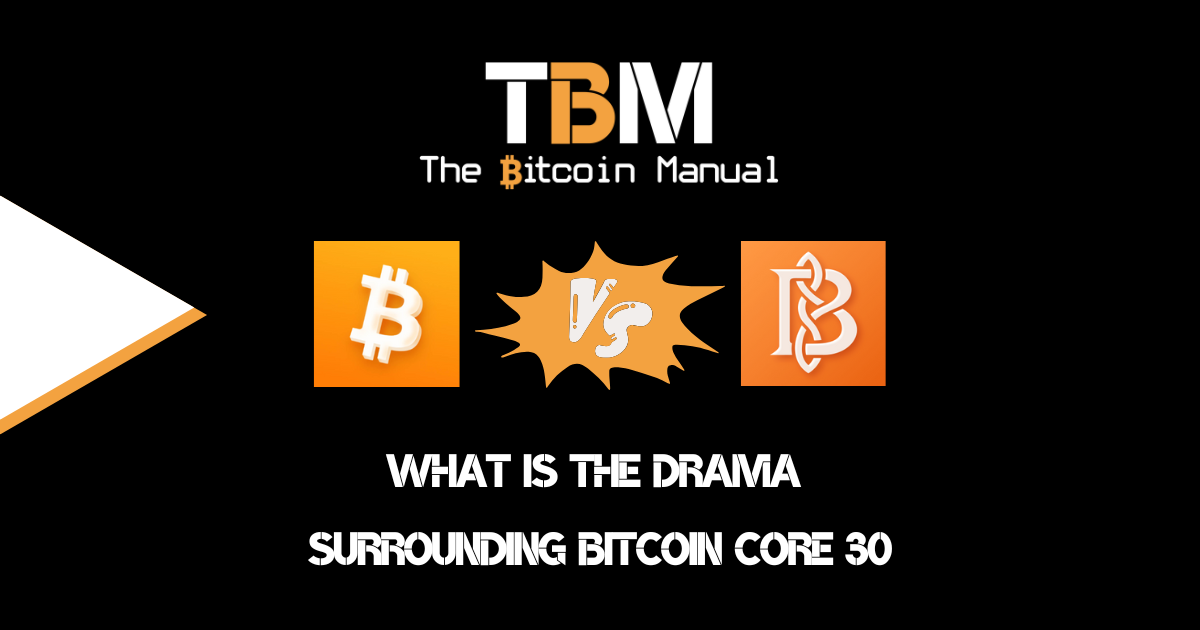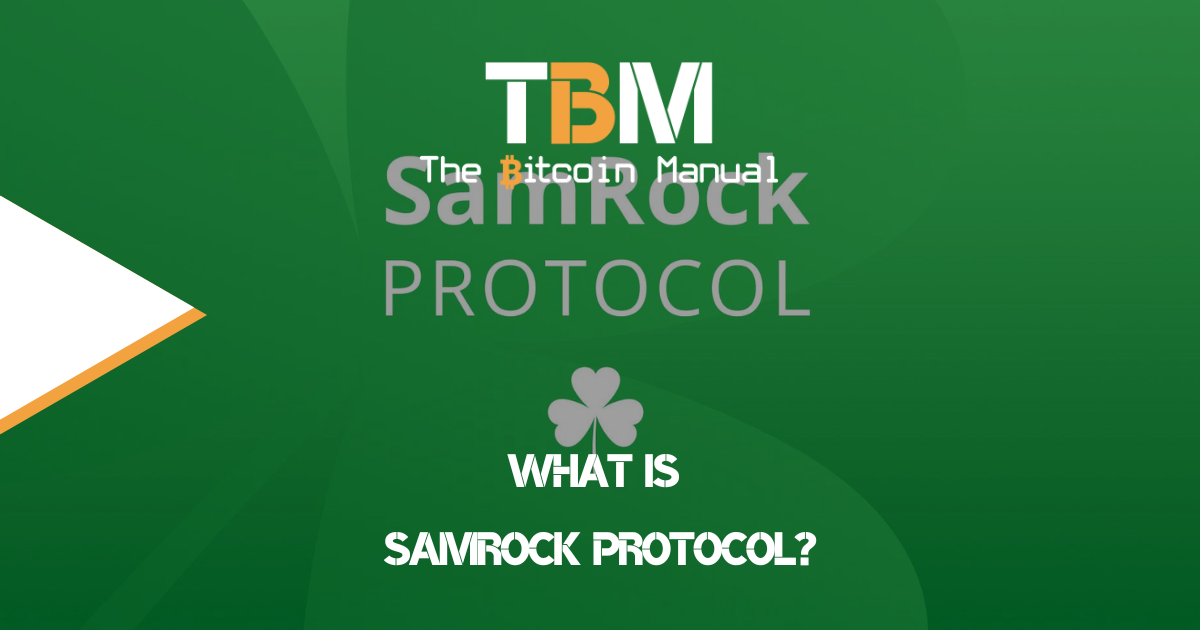Bitcoin has migrated from nerd internet money and illicit trade medium to a macro player nearly worth as much as the entire silver market in US dollar terms. The Bitcoin networks ability to take energy and convert it into provable digital scarcity is a breakthrough in financial technology, and naturally, others will want to steal its shine.
Like any new technology or successful invention, there will be copycats and knock offs trying to prey on the ignorance of the market. We are still figuring out how to price Bitcoin and its standing in the global monetary asset. As this pricing continues as more people adopt a Bitcoin standard, others want to try and siphon some of that flow into their pockets.
We saw this in 2017 when Bitcoin had its halving repricing kick in; that bull run was dominated by ICOs, where everyone and their grandma could create a coin and secure funding without ever having a product.
This time around, it’s DEFI, and instead of raising capital, they now secure your money by offering you a token with high-interest rates attached to it. It sounds silly when you think about it, but in a world where interest rates are surprised and currency inflation is high, people are desperate for yield.
The need for yield is what these DEFI products are trying to cater to, yet many cater to the demand with false promises.
For the sake of semantics, when I refer to DEFI in this post, I am referring to all digital assets yield generating products. This can be centralised lending services or permissionless protocols built on a chain.
DEFI interest rates are not sustainable.
Many of these DEFI platforms need liquidity if they are to profit from arbitrage and fees. As a result, bootstrap adoption in the initial phase of DeFi’s existence uses high-interest rates to attract the initial liquidy providers.
In other words, despite a few notably high rates, in the short term, the norm seems to involve more modest returns that may or may not outpace the inflation of the coin. As more people flood into DEFI and more capital competes for the best returns, it will continue to put pressure on interest rates.
DEFI is NOT a retail revolution.
The truth is DEFI is simply an extension of the banking system and run by venture capital looking to create side businesses they can siphon of capital for their funds or grow to a size they can sell off to more significant institutions. As of right now, the DeFi space is occupied mainly by more prominent investors, as opposed to retail investors, as the marketing leads you to believe.
If we look at DappRadar, and select one of the more popular services like Compound has around 900 users per week and $2.16 billion locked in volume per week.
If we divide the amount locked in per week by the number of users, what do we get?.
The simple calculation shows that the average user has about $2 400 000 locked in, so ask yourself how many retail users have that much to spend on a risky, unproven platform; like this?
DEFI interest rates are nominal and not a real return.
DEFI interest rates rely on retail participants not understanding real interest rates versus nominal interest rates. To the retail investor, higher interest rates are ALWAYS a good thing. These platforms realise this and use it to their advantage to secure your capital.
They will continue to juice their interest rates to try and secure capital from Bitcoin. Let’s say, for example, the platform offers you a 3% APR on your Bitcoin, and you are getting paid in Bitcoin.
We know the current Bitcoin inflation rate is around 1.85%, so you’re getting a positive return of 1.95%.
It doesn’t sound great on paper compared to the other tokens or stable coins; I get it. But if you don’t take the time to factor in the inflation/issuance rate of stable coins or the coin you’re staking, you can’t see the real rate of return.
If the inflation rate is higher than the interest rate, then you’re making a negative return. Sure, you’re outpacing others who aren’t staking, but you’re still being diluted over time, staying in the network/asset of choice.
Note: You would need to verify the issuance rate of the coin you’re staking before you can measure your real return, something most coins can not do since you cannot run a full node. You have to trust the data they provide.
When you liquidate your DEFI interest payments.
The vast majority of the high-risk DEFI revolve around paying you in another coin other than Bitcoin. You would stake your Bitcoin or pair Bitcoin with another token to receive your crazy high-interest rate in a third coin.
Sure, you may be earning 40,50, 100% APR because these platforms are desperate to secure liquidity, but these interest rates, as mentioned earlier, are only teaser rates.
Additionally, once you have the tokens, to realise those returns, you need to liquidate them, be it for fiat or Bitcoin, but there needs to be a market for the DEFI coin. If there isn’t volume to purchase the coin, you’re stuck with an asset where you cannot realise the majority of your gains.
Bitcoin DEFI is coming; I don’t see its merit yet.
A common criticism of Bitcoin is that it doesn’t have financial products built on top of it, something people refer to as DEFI. This is not entirely true, in my opinion. There are DEFI products like HODLHODL, where you have P2P markets where you can create lending contracts. There are centralised services like exchanges that are offering you returns on providing liquidity with more coming in the future.
They simply aren’t as prominent and popular.
Yes, the Bitcoin DEFI product market isn’t as well built out and is still in its formative stages, but to me, Bitcoin doesn’t need DEFI right now. Shitcoins need DEFI to keep the demand for their coin going and juice up their ecosystem with another sugar rush.
Bitcoin’s systematic and predictable issuance rate still has a way to go as it flushes out short term holders in favour of long term hodlers.
- Once the asset is in enough individual hands.
- Once the annual price appreciation/purchasing power gains start to flatline.
- Once the need to access collateral becomes essential for business operations outside the financialised system.
DEFI will make more sense.
When businesses and individuals don’t have to beat the risk free CAGR’s of %100 to %200, something that’s impossible these days, then the DEFI ecosystem will make more sense for Bitcoin.
So I am not too concerned with the lack of development and investment in this space yet. I would rather see a focus on more on-ramps and off-ramps as well as hardware and other supporting infrastructure instead of DEFI.
Competing with Bitcoin is tough.
I don’t blame these VCs, companies and entrepreneurs, for creating products that can compete with Bitcoin; they should. Once you have products to compare Bitcoin to, you can start to see the merits of Bitcoin.
When you see the lengths, they need to go to compete with Bitcoins price appreciation. You can truly appreciate the marvel that satoshi built and the core devs continue to support.
Bitcoin has set such a high hurdle rate to beat that other investment cannot compete on an even playing field, be it fiat-based or crypto-based. It seems that trying to compete with Bitcoin and its predictable monetary policy and NGU technology comes with crazier and crazier risks.
Yes, you could probably outperform BTC over a specific period. Still, considering consistent price appreciation over time with the amount of risk you’re taking, I’ve yet to see anything come close to BTC.




